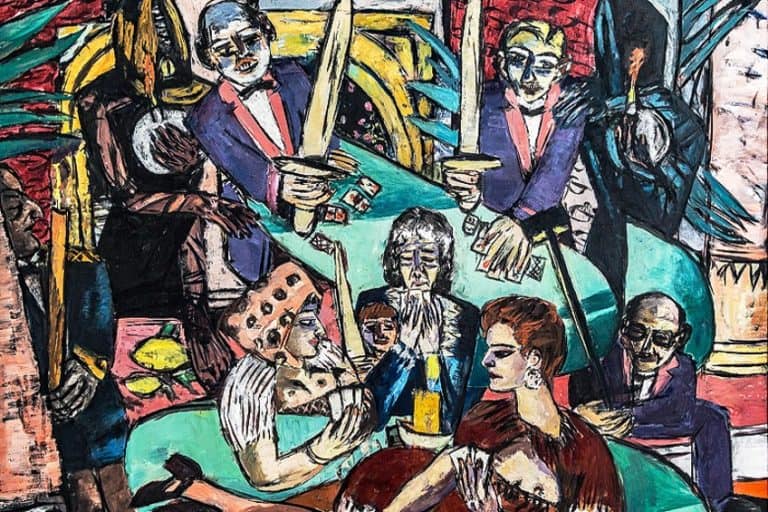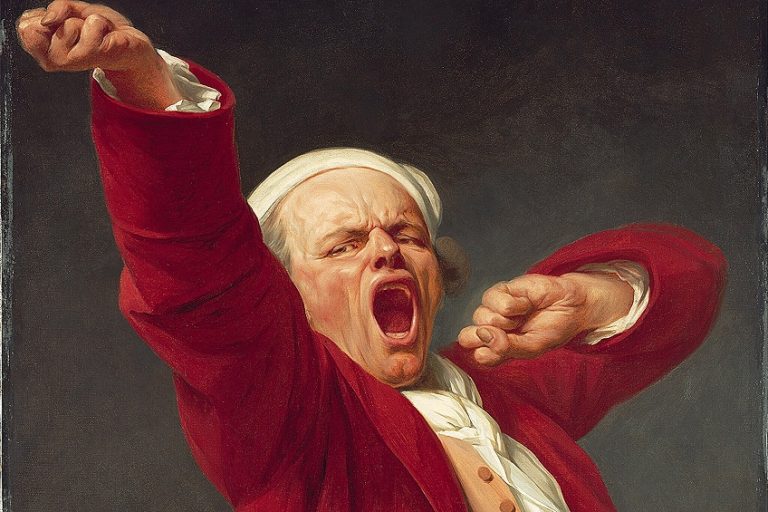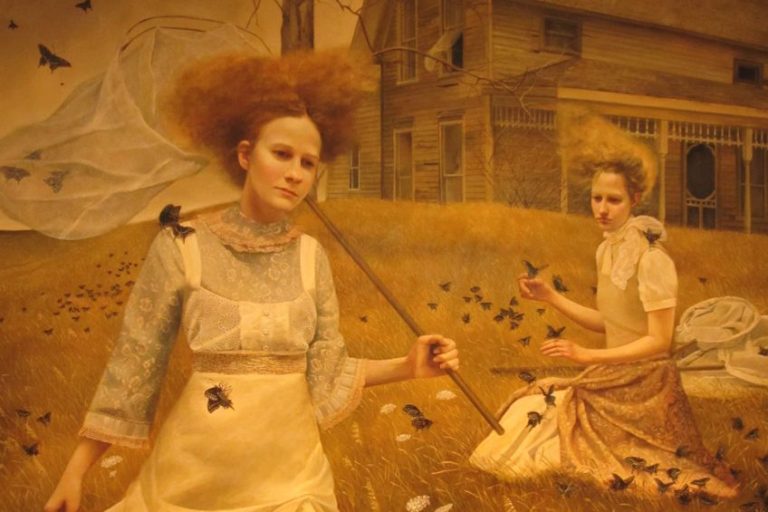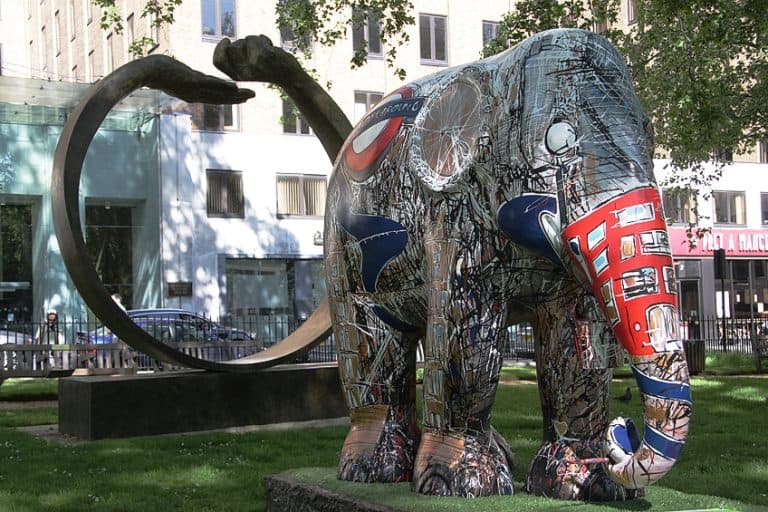Paul Nash – Surrealism in the Post-War Context
Paul Nash was a prominent British artist known for his significant contributions to modern art and surrealism. His works often depicted the landscapes of England, particularly the effects of war on nature and the human psyche. Nash’s unique style combined elements of abstraction, symbolism, and dream-like imagery, reflecting his fascination with the mystical and otherworldly. His wartime experiences profoundly influenced his art, leading to powerful and haunting depictions of conflict and its aftermath. Nash’s legacy continues to inspire artists and art enthusiasts, showcasing the enduring impact of his visionary creativity.
Key Takeaways
- Paul Nash was an influential British landscape and war artist whose work included elements of Modernism and Surrealism.
- His artistic repertoire extended beyond painting to encompass photography, writing, and applied art.
- Nash’s landscapes and war imagery have left a lasting impact on the perception of 20th-century British art.
Early Life and Education
| Birth | May 11, 1889 |
| Death | July 11, 1946 |
| Place of Birth | Kensington, London, United Kingdom |
| Genre of Work | Surrealism painter and war artist |
Paul Nash was a seminal British artist known for his contributions as a landscape painter, surrealist, and war artist. Born in London, his work was deeply rooted in the English tradition, but it also embraced Modernist influences. Nash’s paintings are celebrated for their representation of the English landscape interlaced with elements of fantasy and the macabre, particularly influenced by his experiences during both World Wars.
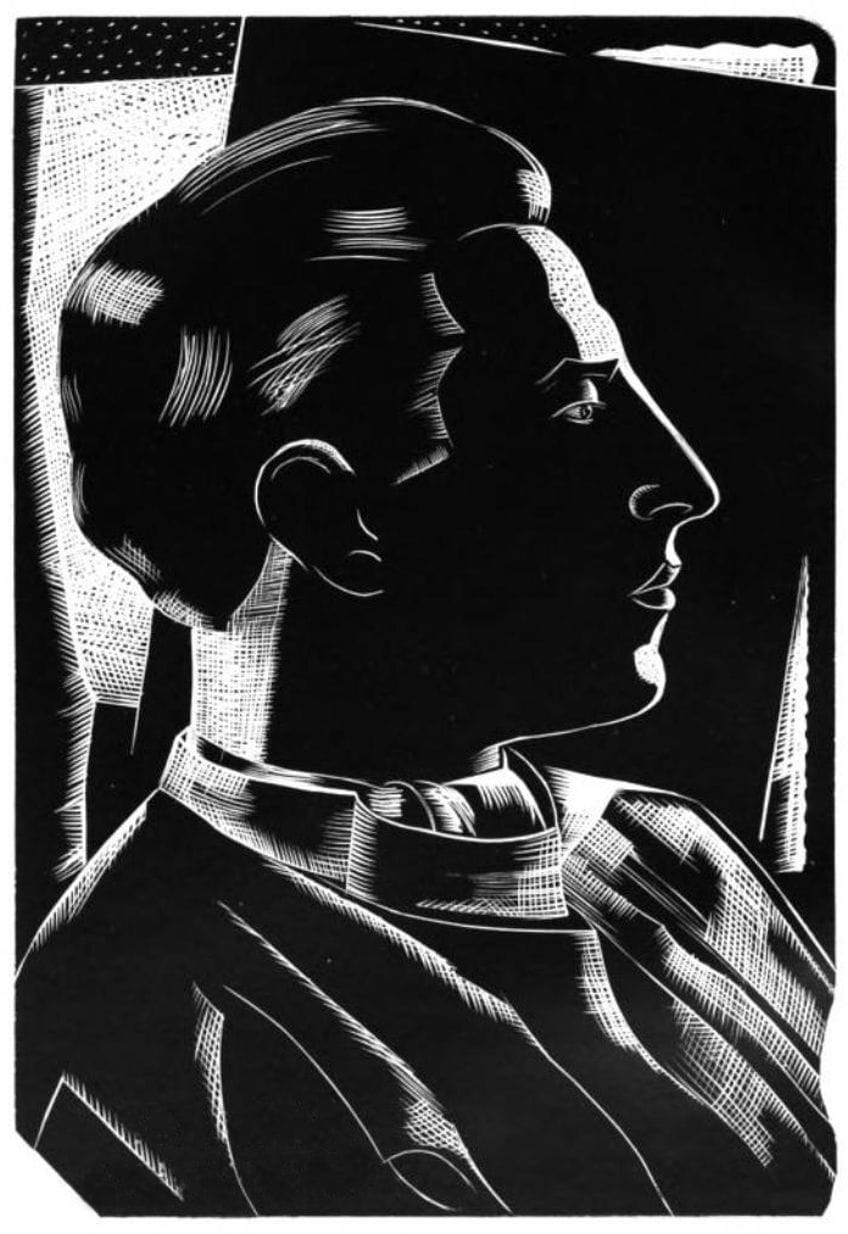
Throughout his career, Nash continually evolved, pushing the boundaries of his art to reflect the rapidly changing world around him. His wartime paintings, in particular, stand as poignant and harrowing accounts of the reality of conflict, merging his love of landscape with the brutal imagery of war. Beyond painting, Nash also worked with photography, writing, and design, showcasing his versatility and eagerness to explore different mediums.
His legacy lives on, marking him as one of the key figures in the development of Modernism in English art.
Artistic Beginnings
Nash was born on May 11, 1889, in London, and displayed an early affection for the landscapes of Buckinghamshire during his childhood. He translated his fascination with the natural surroundings into his initial forays into the world of art.
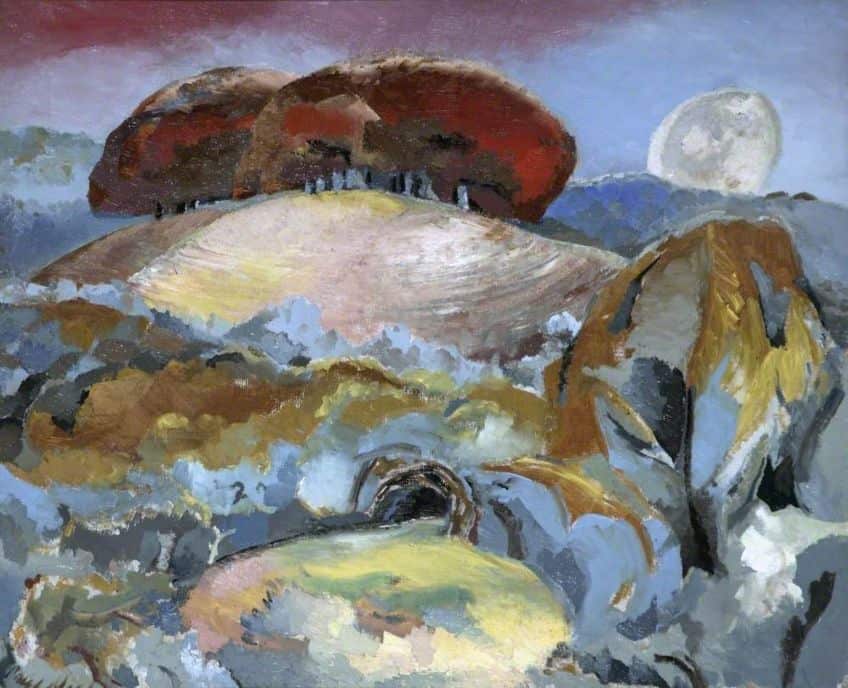
Formal Training
In 1906, Nash embarked on professional artistic training, first at Chelsea Polytechnic, which later became Chelsea College of Art. By 1908, his education continued at the London County Council School of Photo-Engraving and Lithography.
Ultimately, his formal training was furthered at the Slade School of Art under the tutelage of notable figures such as Henry Tonks and William Rothenstein, who played pivotal roles in shaping his early artistic perspective.
Mature Career
After his training, Nash’s career began to mature as he assimilated into London’s art scene. His approach was influenced by contemporary movements and his experiences, which included serving as a soldier in World War I. This period was marked by a transition from neo-Romantic works toward Modernism.
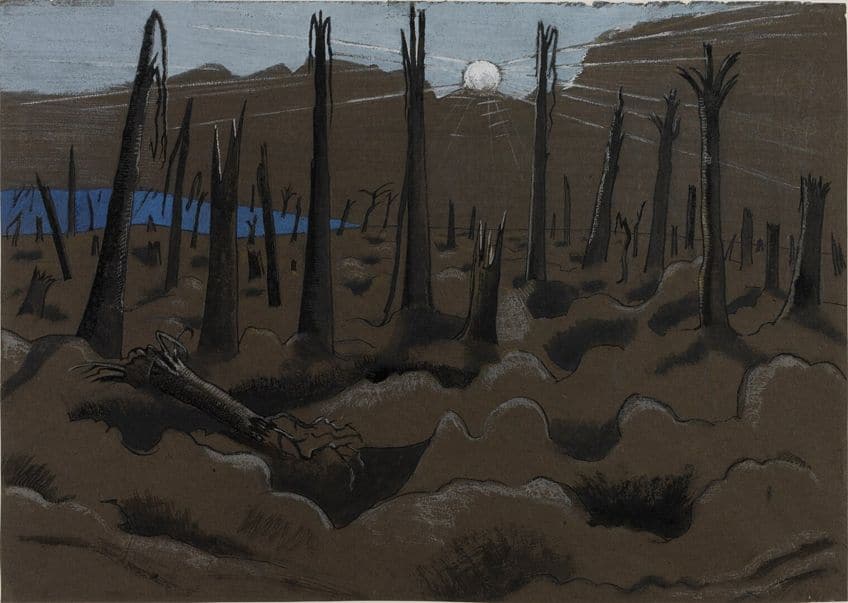
Late Career and Death
Nash’s late career was defined by his position as a key landscape artist and his contribution to the Surrealist movement. As a war artist during World War II, he depicted landscapes that were haunting reflections of conflict.
Nash passed away on July 11, 1946, in Boscombe, Hampshire, leaving behind a robust portfolio that profoundly impacted English Modernism.
Career Highlights
Paul Nash’s career as an artist was punctuated by significant contributions to war art and developments in modernism through various art movements. His work notably reflected the impact of both World Wars on the English landscape and psyche.

World War I Contributions
During World War I, Nash served as an Official War Artist, where he created some of his most profound works. Notable paintings from this period include The Menin Road and We Are Making a New World.
These works portrayed the scarred landscapes of the battlefield with a haunting intensity, capturing the devastation of war.
Interwar Period Works
After World War I, Nash’s art evolved, showing influences of Surrealism. He was a founding member of the modernist art group Unit One, which sought to cultivate a distinct English avant-garde style. His exploration of surrealism peaked with his participation in the International Surrealist Exhibition in 1936, which highlighted his commitment to the surrealist movement.

World War II and Official Appointments
Nash was reappointed as an Official War Artist during World War II. During this time, he created one of his most famous works, Totes Meer (Dead Sea), a stark depiction of a graveyard for wrecked aircraft.
This powerful painting serves as a testament to Nash’s ability to convey the damage inflicted not only on the physical landscape but also the collective human spirit.
Artistic Style and Influence
Paul Nash’s artistic style evolved through various phases, integrating symbolism with landscape themes, experimenting with abstraction, and embracing surrealist developments. His work is often informed by prevalent movements and notable figures of his time.

Symbolism and the Landscape
Nash’s landscapes were more than mere representations of the English countryside; they were infused with rich symbolism. Wittenham Clumps, a recurring motif, often depicted rolling hills and ancient trees that served as metaphoric imagery for life and death. Using landscapes as a canvas, he portrayed emotional states and abstract concepts.
This method of incorporating symbolism through natural forms shows the influence of William Blake’s visionary and mystical approach to art.
Abstract and Surrealist Developments
The unfolding of abstract art saw Nash’s style shift from literal landscapes to ones marked by abstract forms and surrealist dreams. This transition mirrored the wider modernist trend in the arts, with contemporaries like Barbara Hepworth and Ben Nicholson also exploring these avant-garde styles. Nash utilized elements of abstraction and surrealism to translate his experiences, notably the trauma of war, into a visual language that veered away from realism, yet remained deeply hinged on the natural world and its landscapes.
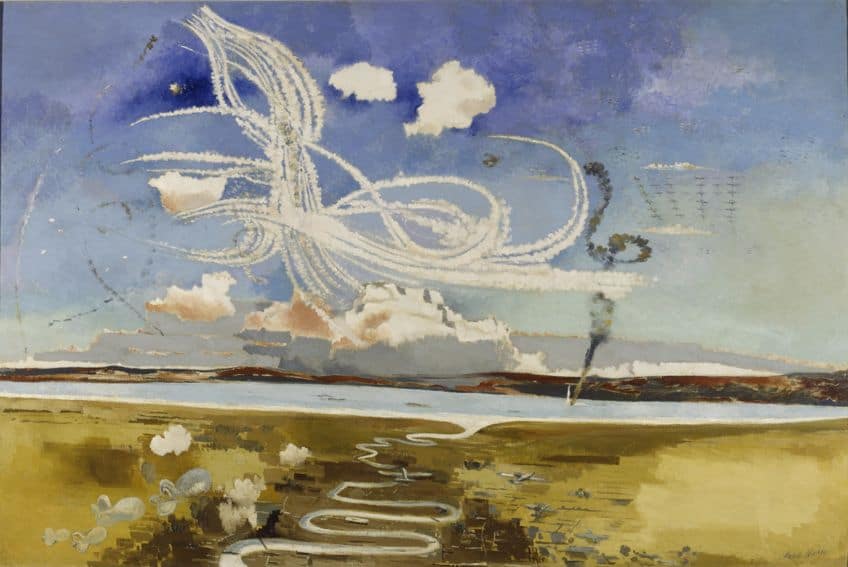
Notable Artworks
Paul Nash is renowned for his war landscapes, where the ravaged terrain becomes a protagonist in its own right. Works like Totes Meer and We Are Making a New World are exemplary of how he captured the desolation and destruction of conflict. In these pieces, landscapes are transformed into surreal, almost otherworldly scenes that embody the bleak reality of wartime.
His visits to Avebury led to a series of paintings where ancient stones are presented with a powerful sense of presence, capturing the mystical aura of the place in a blend of realism and abstraction.
Legacy of Paul Nash
Paul Nash has been recognized as one of the most significant British artists of the early 20th century, particularly known for his work as a British Surrealist painter and his contribution to Modernism in English art. His legacy is consolidated by his representation in major institutions such as Tate Britain and the Imperial War Museum, which house key pieces of his work.
A visionary who drew heavily from the English countryside, Nash’s paintings transcended mere landscapes. They grapple with themes of conflict and the metaphysical, reflecting a landscape imbued with personal symbolism and rich with national identity. His approach to capturing the inherent ‘spirit’ of rural England reshaped the visual representation of the countryside in British art, weaving elements of the fantastical alongside stark realism.
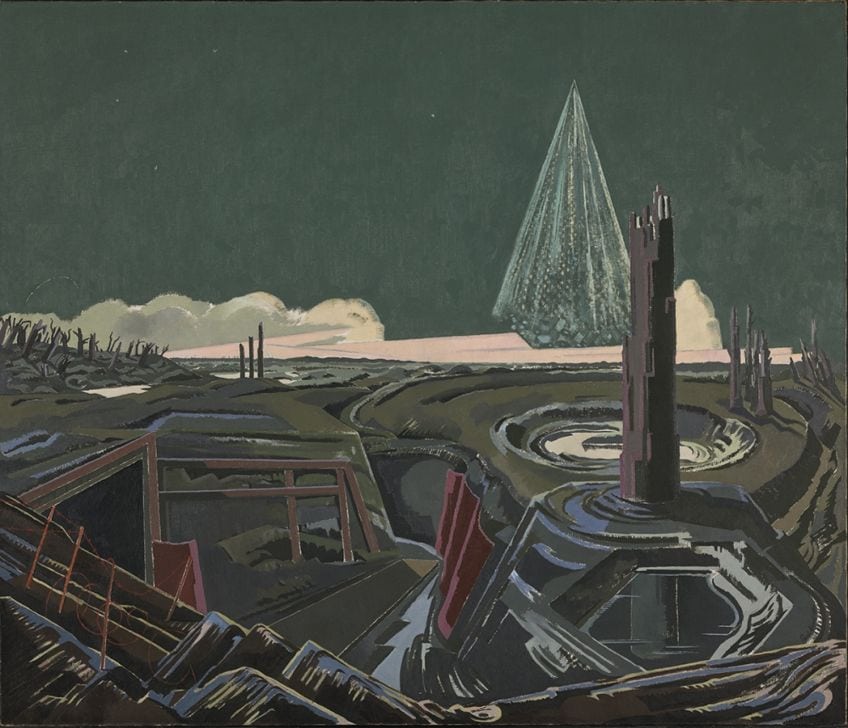
As an educator and an advocate for the arts, Nash’s influence extends beyond the canvas. He inspired a generation of artists with his innovative techniques and profound interpretive style. Exhibitions at Tate Britain, among other galleries, continue to celebrate Nash’s artistic achievements and offer insight into the British experience of the 20th century through his eyes.
Through preserving and showcasing Nash’s artworks, these institutions affirm his standing as an artist of remarkable foresight and unique expressiveness—one who captured the enduring essence of the English landscape while contributing to the broader narrative of Modernism in art.
Paul Nash’s artistic legacy remains an enduring testament to his profound vision and innovative approach to modern art. His evocative landscapes, surreal compositions, and exploration of the human experience during wartime continue to captivate audiences worldwide. Nash’s ability to merge the tangible and the ethereal, as well as the natural and the supernatural, has secured his place as a leading figure in British art history. Through his works, Nash invites viewers to contemplate the complexities of existence, the beauty of nature, and the enduring impact of human conflict, leaving a lasting imprint on the art world and inspiring generations of artists to come.
Frequently Asked Questions
What Is Paul Nash Renowned For?
Paul Nash is renowned for his role as a pioneer of modernism in English art. He was known for his surreal landscapes and as a prodigious war artist who illustrated the gruesome realities of both World Wars through his poignant paintings.
Why Was Paul Nash Commissioned as a War Artist?
Nash was commissioned as a war artist due to the powerful and evocative way in which he captured the bleak and distorted landscapes of the battlefields. His firsthand experiences as a soldier in World War I and his profound ability to depict the demolition of war made his work compelling and necessary for documenting the impact of war.
Isabella studied at the University of Cape Town in South Africa and graduated with a Bachelor of Arts majoring in English Literature & Language and Psychology. Throughout her undergraduate years, she took Art History as an additional subject and absolutely loved it. Building on from her art history knowledge that began in high school, art has always been a particular area of fascination for her. From learning about artworks previously unknown to her, or sharpening her existing understanding of specific works, the ability to continue learning within this interesting sphere excites her greatly.
Her focal points of interest in art history encompass profiling specific artists and art movements, as it is these areas where she is able to really dig deep into the rich narrative of the art world. Additionally, she particularly enjoys exploring the different artistic styles of the 20th century, as well as the important impact that female artists have had on the development of art history.
Learn more about Isabella Meyer and the Art in Context Team.
Cite this Article
Isabella, Meyer, “Paul Nash – Surrealism in the Post-War Context.” Art in Context. May 20, 2024. URL: https://artincontext.org/paul-nash/
Meyer, I. (2024, 20 May). Paul Nash – Surrealism in the Post-War Context. Art in Context. https://artincontext.org/paul-nash/
Meyer, Isabella. “Paul Nash – Surrealism in the Post-War Context.” Art in Context, May 20, 2024. https://artincontext.org/paul-nash/.




